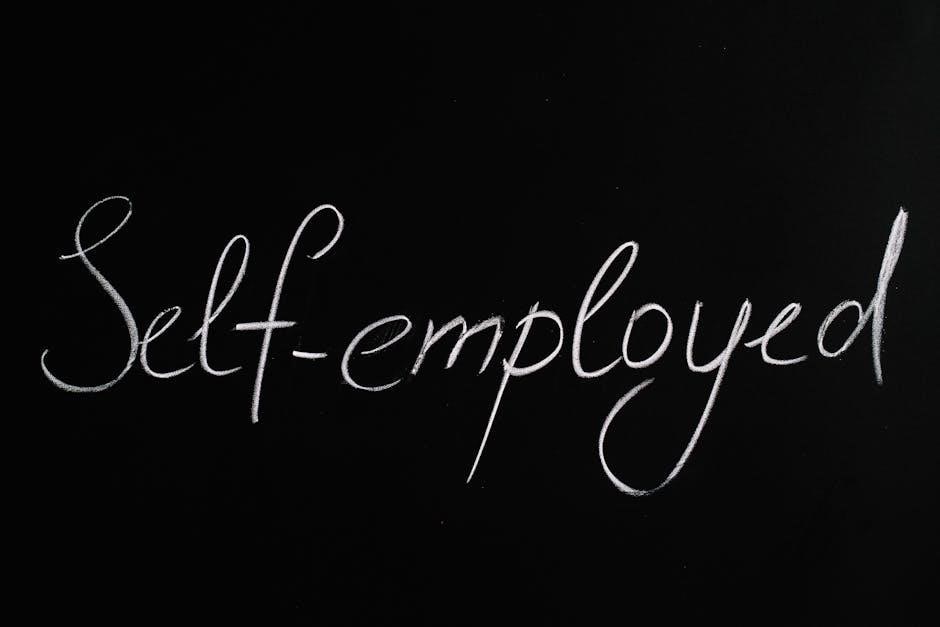Overview of HR Roles and Responsibilities
Human Resources (HR) encompasses managing the employee lifecycle, from recruitment and onboarding to training and firing. HR ensures legal compliance and cultivates positive employee relations; They develop strategies aligning with business goals, contributing to organizational success.
The Evolving Role of HR
The role of HR has significantly evolved beyond administrative tasks like payroll and benefits. Modern HR is now a strategic partner, aligning people strategies with overall business objectives. HR managers are increasingly involved in talent management, focusing on recruiting, developing, and retaining top talent.
This shift includes creating HR policies that foster a positive work environment, ensuring compliance with labor laws, and driving employee engagement. The use of technology and data analytics is also transforming HR, enabling more informed decision-making and personalized employee experiences. HR’s evolving role reflects a greater emphasis on human capital as a key driver of organizational success. Furthermore, they also champion company culture.

Core HR Responsibilities
Core HR responsibilities involve recruitment, training, employee relations, performance management, and compensation. These functions ensure effective talent acquisition, development, and management, creating a productive and legally compliant work environment for all employees.
Recruitment and Hiring
Recruitment and hiring are crucial HR functions involving creating job descriptions, sourcing candidates, screening applications, and conducting interviews. HR collaborates with hiring managers to make informed decisions and coordinates with candidates throughout the recruitment process. Their responsibilities include posting job openings, searching for qualified applicants, and assessing their skills and experience.
The aim is to attract, select, and onboard the best talent to meet organizational needs. HR ensures a fair and compliant hiring process, adhering to labor laws and company policies. Effective recruitment strategies contribute to building a skilled and diverse workforce.
They also manage the initial stages of onboarding new hires.
Training and Development
Training and Development is a key HR responsibility focused on enhancing employee skills and knowledge. This involves identifying training needs, designing programs, and delivering training sessions. HR professionals assess skill gaps and develop initiatives to improve employee performance and support career growth. They may utilize various methods, including workshops, online courses, and mentorship programs;
The goal is to create a learning culture that promotes continuous improvement. HR evaluates the effectiveness of training programs to ensure they meet organizational objectives. Furthermore, they manage budgets for training initiatives and track employee progress. Ultimately, this contributes to a more skilled and engaged workforce.
Employee Relations
Employee Relations is a critical HR function focused on fostering a positive and productive work environment. This involves managing employee concerns, resolving conflicts, and ensuring fair treatment for all. HR professionals act as mediators, addressing grievances and promoting open communication between employees and management. They develop and enforce policies that support a respectful workplace.
Furthermore, HR conducts investigations into employee complaints and takes appropriate disciplinary action when necessary. They also play a role in promoting employee engagement and morale. Ultimately, strong employee relations contribute to higher job satisfaction, reduced turnover, and improved organizational performance by cultivating trust and respect.
Performance Management
Performance Management is a systematic process employed by HR to improve individual and organizational effectiveness. It involves setting clear performance expectations, providing regular feedback, and conducting performance appraisals. HR works with managers to establish SMART goals that align with business objectives. They facilitate the performance review process, ensuring fairness and consistency across the organization.
Furthermore, HR identifies training and development needs based on performance gaps. They also assist in developing performance improvement plans for underperforming employees. Effective performance management drives employee growth, enhances productivity, and contributes to the overall success of the organization. It also involves recognizing and rewarding high-performing employees.
Compensation and Benefits Administration
Compensation and Benefits Administration is a crucial HR function focused on attracting, retaining, and motivating employees. HR develops and manages compensation strategies that are competitive within the industry and aligned with the organization’s financial goals. This includes conducting salary surveys, analyzing market trends, and establishing pay scales for different positions. They administer employee benefits programs, such as health insurance, retirement plans, and paid time off.
HR ensures that compensation and benefits packages are compliant with legal regulations. They communicate benefits information to employees and assist them with enrollment processes. Effective compensation and benefits administration contributes to employee satisfaction, reduces turnover, and enhances the company’s reputation as an employer of choice. It involves creating benefit strategies that are aligned with the long-term business strategy.

Strategic HR Functions
Strategic HR aligns people strategies with business objectives, going beyond administrative tasks. It involves developing HR policies, fostering employee engagement, and ensuring legal compliance. HR plays a vital role in organizational management and success.
Developing HR Policies and Strategies
Developing HR policies and strategies is a crucial function that shapes the entire employee experience. It involves creating guidelines and frameworks that govern various aspects of employment, from recruitment and hiring to performance management and compensation. Effective HR policies ensure fairness, consistency, and compliance with labor laws.
These strategies also play a role in fostering a positive work environment, promoting employee engagement, and driving organizational success. HR professionals must consider the evolving needs of the workforce and the changing legal landscape when developing and updating policies. Furthermore, they need to align these policies with the organization’s overall business goals, ensuring that HR practices support and enhance the company’s strategic objectives.
Aligning HR with Business Goals
Aligning HR with business goals is a strategic imperative, ensuring that human capital initiatives directly contribute to organizational success. It requires HR professionals to understand the company’s overall objectives, market position, and competitive landscape. By aligning HR functions with these goals, organizations can optimize workforce performance, improve employee engagement, and drive innovation.
This alignment involves developing HR policies and programs that support the company’s strategic priorities. For example, if a company aims to expand into new markets, HR can develop recruitment strategies to attract talent with the necessary skills and experience. Similarly, if a company focuses on improving customer satisfaction, HR can implement training programs to enhance employee customer service skills. Ultimately, aligning HR with business goals ensures that human capital is a strategic asset, driving sustainable growth and competitive advantage.

HR’s Role in Maintaining a Positive Work Environment
HR fosters a positive work environment by championing employee well-being and satisfaction. This involves promoting open communication, resolving conflicts, and ensuring fair treatment for all, leading to increased productivity and morale.
Fostering Employee Engagement
HR plays a vital role in fostering employee engagement, which is crucial for organizational success. This involves creating a workplace culture where employees feel valued, motivated, and connected to the company’s mission. HR initiatives to boost engagement include implementing recognition programs, providing opportunities for professional development, and soliciting employee feedback through surveys and focus groups.
Furthermore, HR facilitates team-building activities, promotes work-life balance, and ensures that employees have the resources and support they need to succeed. By creating a positive and engaging work environment, HR can improve employee retention, increase productivity, and enhance the overall organizational culture. Ultimately, engaged employees are more likely to be committed to their jobs and contribute to the company’s goals.

HR and Compliance
HR ensures compliance with labor laws and employment standards. They maintain accurate employee records, manage legal risks, and develop policies that adhere to regulations. HR also handles investigations and audits, upholding ethical conduct.
Ensuring Compliance with Labor Laws
A critical function within Human Resources involves ensuring strict adherence to all applicable labor laws and regulations. This encompasses a wide range of areas, including wage and hour laws, anti-discrimination policies, workplace safety standards (like OSHA), and employee leave entitlements such as FMLA. HR professionals must stay updated on evolving legal landscapes and implement policies that reflect these changes.
This includes creating legally sound employment contracts, maintaining accurate records, and conducting regular audits to identify and rectify any compliance gaps. Furthermore, HR is responsible for handling employee complaints related to potential violations, conducting thorough investigations, and implementing corrective actions. By prioritizing compliance, HR protects the organization from legal risks and fosters a fair and ethical work environment.
